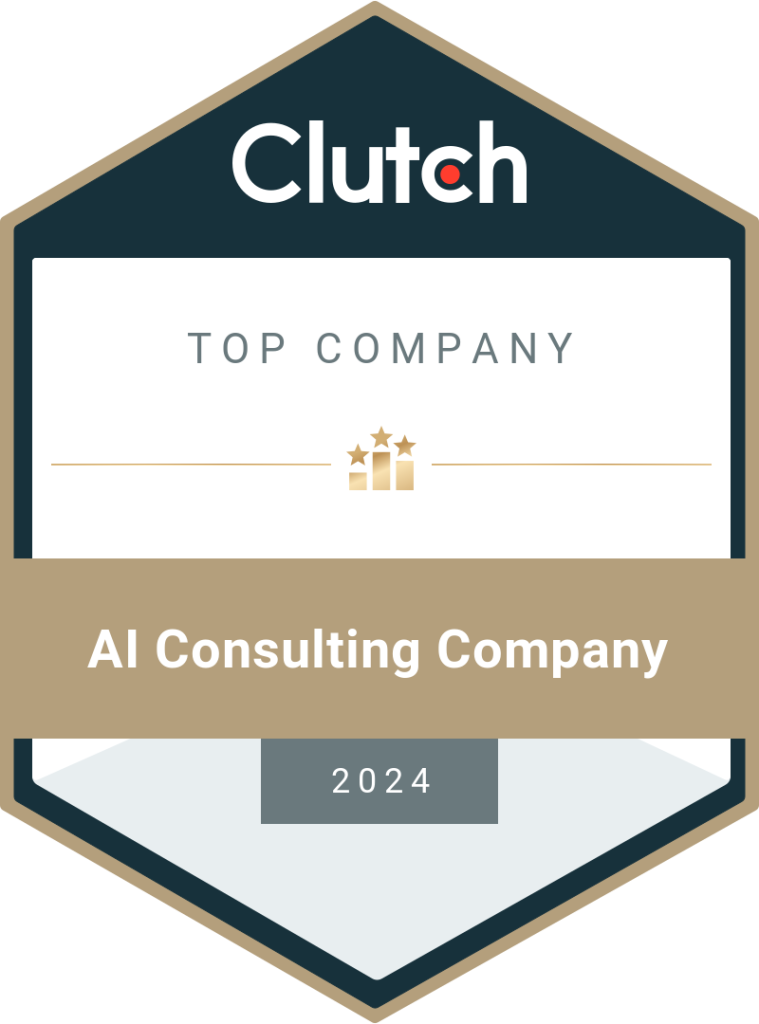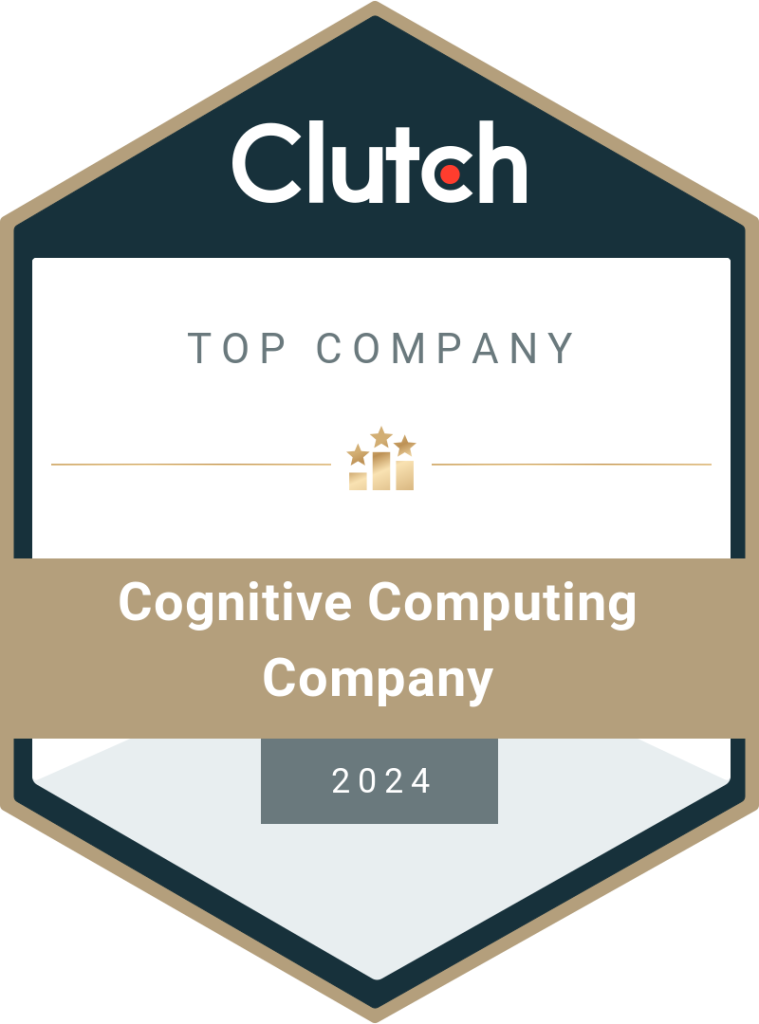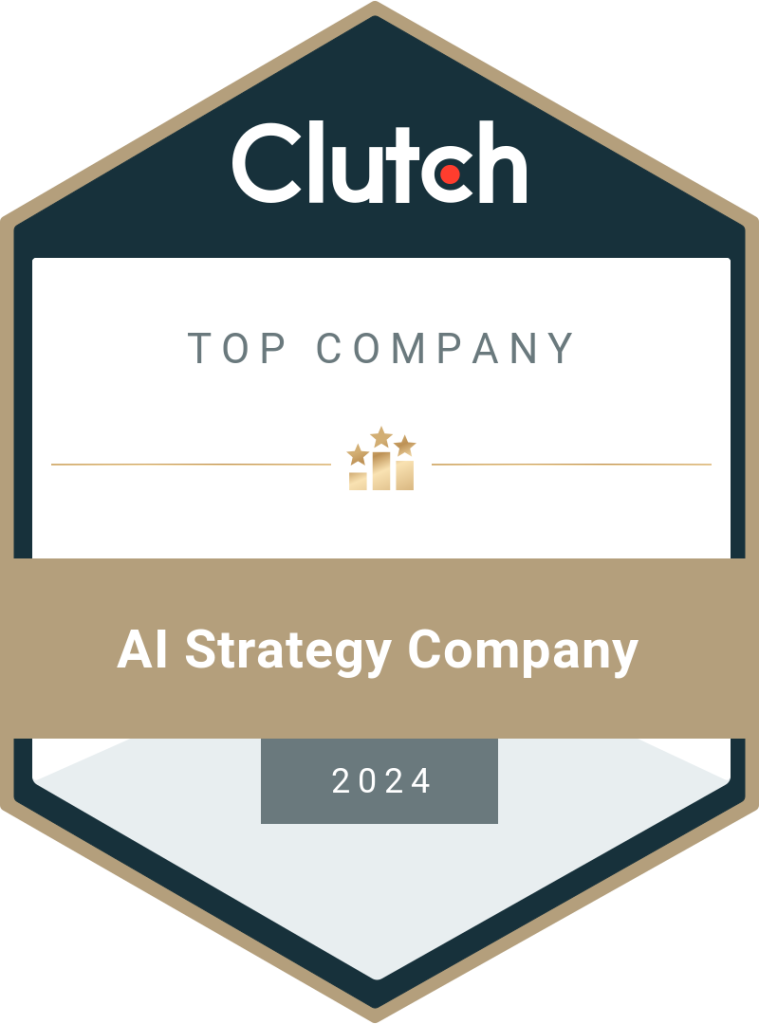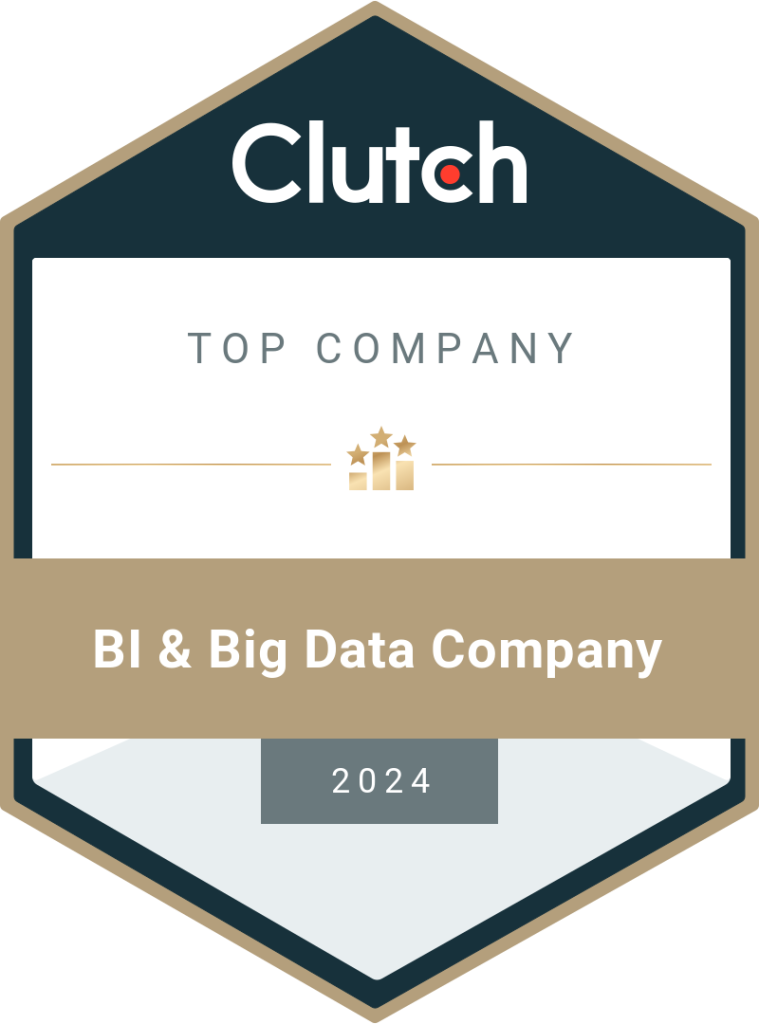Managed Services vs Staff Augmentation – What’s Right for your Business?
Managed services vs Staff augmentation? Both hiring models have potential, but which one suits your company’s needs better? In this blog, we’ve covered everything you need to know – differences, benefits, and considerations that will help you make smart decisions about your IT hiring needs. According to Grand View Research, the global IT services outsourcing market size reached a valuation of USD 639.59 billion in 2022 and is projected to grow at a CAGR of 8% from 2023 to 2030. Owing to this substantial demand for IT hiring needs, organizations are looking for ways to hire exceptional talent and reduce operational costs. Hiring and sustaining experienced in-house teams is usually a long process, and consumes a lot of time, money, and effort. Plus, various bottlenecks impede the process. A better way is to outsource the current IT hiring needs to a third-party service provider. There are three models – staff augmentation, managed services, and project outsourcing. Each comes with its perks and drawbacks. In this blog, we will draw a comparison between managed services model vs staff augmentation to help you choose the best one for your organization. Understanding Managed Services vs Staff Augmentation What is staff augmentation? Staff augmentation is a hiring model that allows organizations to add professionals to their in-house teams for a specific project or address skill gaps. This flexible hiring model helps them to get access to the best brains without promising any long-term commitment. The IT staff augmentation companies offer services to help you hire experts who can handle large projects with relevant skills for a limited duration. This approach is useful for businesses that have to have a global pool of talent and still have control over their projects. Types of IT Staff Augmentation Project-Based Staff Augmentation: Recruiting IT experts to work on a specific project for a definite time duration. Skill-Based Staff Augmentation: Hiring IT professionals with specific skill sets, such as writing, design to address skill gaps. Time-Based Staff Augmentation: Engaging IT staff to work for a set period. It could be long-term or short-term. Hybrid Staff Augmentation: Combines multiple IT staff augmentation types to address skill needs. Onshore Staff Augmentation: Hiring IT professionals within the organization’s country when frequent communication and collaboration are needed. Nearshore Staff Augmentation: Hiring IT experts from neighboring, usually with similar time zones and cultural backgrounds. Offshore Staff Augmentation: Employing IT professionals from various countries, with a considerable time difference. Dedicated Team Augmentation: Hiring a specialized development team with extensive experience and expertise that works dedicatedly for the organization. Advantages of IT Staff Augmentation What are Managed Services? Managed services enable organizations to outsource their business processes to third-party service providers for a longer period. Some of the main processes include backup recovery, cloud infrastructure maintenance, migration, security, and much more. The managed services model is an appropriate choice if you are looking for support and maintenance for a longer period. While the MPS is controlling the outsourced functions, organizations can focus on their core business functions. How do managed analytics solutions work? Managed data analytics experts perform the following steps to leverage data analytics: Types of Managed Services Advantages of Managed Services Managed Services vs Staff Augmentation Determining which outsourcing model is right for your organization depends on your goals and objectives. Here’s a quick table that summarizes the differences between the two: Aspect Managed Services Staff Augmentation Ideal for Long-term projects Short-term projects with low cost Control The MSP takes control over the entire IT operations. The staff augmentation company is responsible for offering specific resources for a decided time interval. Billing Billing is done on the basis of time spent on the project. Billing is done on a retainer basis. Risk Company or the client. Service Provider Engagement Model Fulltime. Service delivery is agreed upon according to Service levels. Full-time or part-time. No service levels. Cost According to service levels and outputs. According to availability and number of hours worked. Administration Service Provider Client Now let’s understand managed services vs staff augmentation in detail. Imagine your organization needs to expand your team. Which model will best align with your needs? This depends on your business goals and focus area. Both staff augmentation and managed services have their virtues. Let’s explore them. When to opt for staff augmentation? Staff augmentation is ideal for situations when you need immediate assistance or temporary support for an upcoming or ongoing project. It gives you entire control of the development process along with a strong sense of responsibility and accountability that managed services don’t offer when it comes to making crucial decisions. Ensure the resources you hire are experienced and hold extensive expertise. Staff augmentation is the preferred option when: When to opt for Managed Services? If you are looking for highly experienced professionals who will take 100% responsibility for your all operations, hire a managed services provider. It is a viable option when: Conclusion Managed services and staff augmentation enable organizations to scale their operations by availing expertise from trained professionals. Thus, it is essential to assess organizational needs, project duration, and level of control to decide between managed services vs staff augmentation. Since both models have their advantages and disadvantages, it is essential to consider them to select the best outsourcing approach. Frequently Asked Questions What is the meaning of managed services? Managed services refer to outsourcing IT-related tasks such as data backup and recovery, security, and help desk support to a third-party service provider. The service provider is responsible for ensuring the smooth operation of all the processes, allowing the organization to focus on core activities. What are staff augmentation services? Staff augmentation services involve hiring temporary resources to fill short-term or contractual positions in an organization. It helps the companies to partner with IT staff augmentation companies to procure the top talent to accomplish their projects. What is the difference between a managed team and staff augmentation? A managed team is all about hiring an external service provider to manage specific functions
Read More





